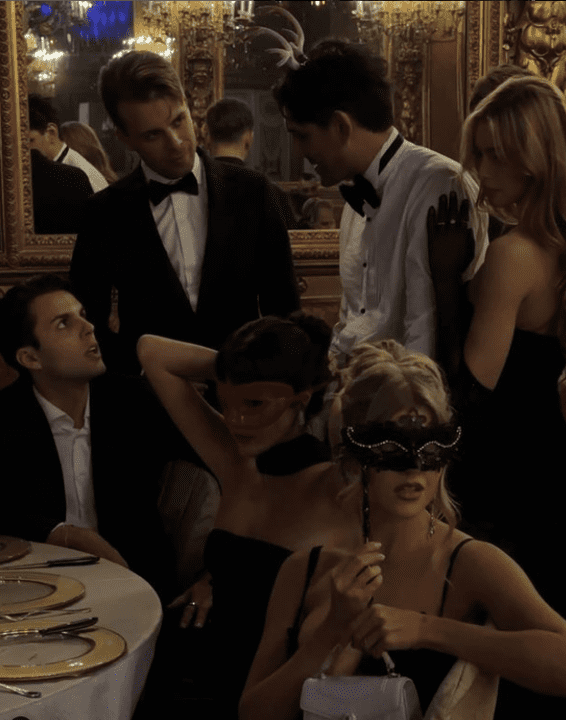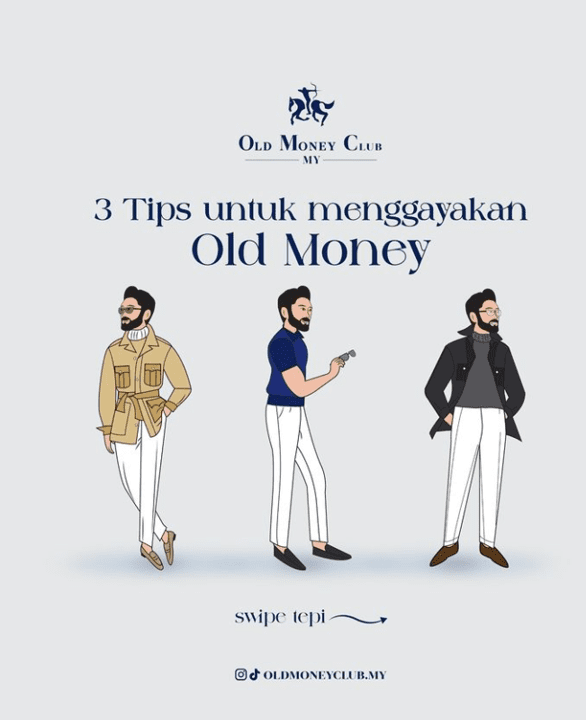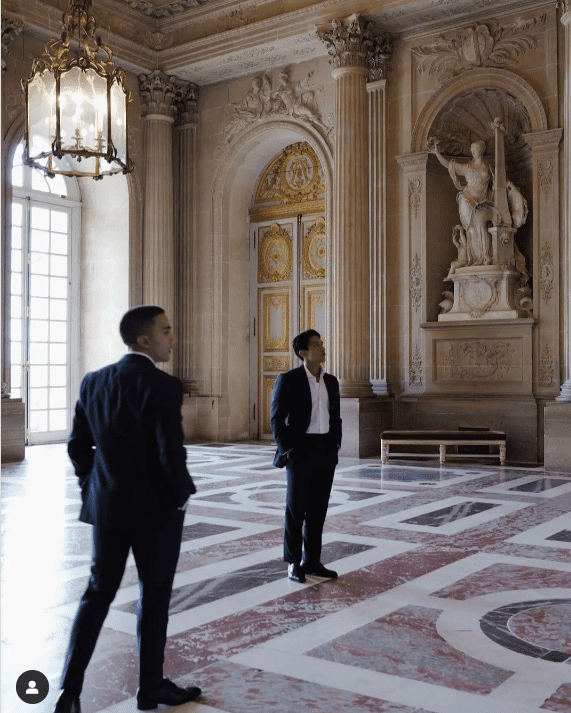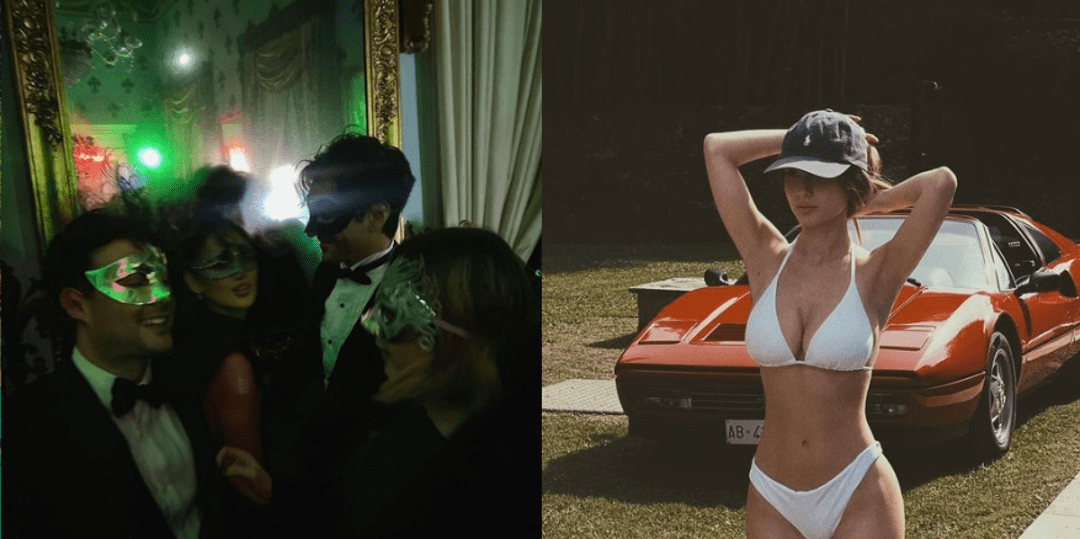Words: Johan Chua
Photo: Tuxedo Society.
Let’s cut through the noise. If you’ve spent any time scrolling through Instagram feeds like Tuxedo Society and Old Money Club Malaysia, you’ve probably seen two sides of the same coin: a community trying—actually trying—to bring back something this world is sorely lacking: slow living & classic style.
But of course, the critics are out. There always are.
Tuxedo Society: Living the Dream—And Not for You

Photo credit: Tuxedo Society (Instagram)
Tuxedo Society, a networking platform founded in Italy, doesn’t post for the masses, and that’s what makes it distinctive. A group of men in tuxedos drinking wine by an Italian lake? A classic car roaring through cobbled streets? These are snapshots of lives lived well—no apologies, no explanations.
What makes Tuxedo Society exemplary is its ability to inspire through visuals: it communicates a silent narrative where refined aesthetics are matched by noble behavior and shared camaraderie. It speaks to the gentleman who appreciates life’s understated luxuries—the gleaming lake, the bespoke boat ride, and the quiet charm of an Italian villa. Tuxedo Society understands that true style is lived, not shown off.
To the average keyboard warrior, it’s all “aspirational” or “elitist.” Let them say it. What they don’t understand is that Tuxedo Society doesn’t just showcase the art of living well—it’s a tribute to taste, to heritage, to the kind of life that most people either envy or dismiss because they think it’s unattainable. Spoiler: it is unattainable if you lack the mindset, the discipline, or the guts to strive for it. This isn’t for everyone. It’s for men who know that elegance isn’t about flexing; it’s about understanding what actually matters.
Old Money Club Malaysia: When Class Isn’t About Attention

Photo: oldmoneyclub.my (Instagram)
On the other side of the spectrum, Old Money Club Malaysia a community of young professionals in Malaysia, presents a refreshing interpretation of classic style for Malaysia for the digital age. In its feed, we see not polished perfection, but a vibrant energy tailored for young men seeking to emulate the aura of old money. Here, the focus is educational, offering guidance on Gurkha pants, color coordination, and accessories—a style that whispers sophistication. At least, what they believe is sophisticated.
This is where the critics really sharpen their knives. Why? Because Old Money Club Malaysia embodies something even harder for Malaysian to swallow—aspiration.
Here’s the thing: the “old money” aesthetic isn’t about showing off. It’s not about loud designer logos, or attention-seeking outfits. It’s about dressing for the occasion, not for the eyes of others. You wear a tuxedo because it’s the right attire for the evening, not because you want a photo that will rack up likes. You wear tailored linen for brunch, not streetwear sneakers worth a month’s rent.
And the criticism at them? It drives people mad. Because the truth is, “old money” doesn’t try. It conveys big aspirations—a level of refinement, class, and lineage, for many, feels unattainable. As one elderly GC reader said "But there are selected people who continue to dress well regardless, which usually are people from the elite group like the royalties being one example..". It’s easier to hate than to admit you’re not there yet.
Critics look at Old Money Club Malaysia and scoff, calling it pretentious or delusional. But what the critics really attacking is their own insecurity. They see men made an effort to dress well—and educating others on men's style—and mistake it for arrogance.
But in a world where attention is currency, this kind of social media posting makes the critic uncomfortable. To the critics, if you’re posting about men's style on the social media, you must be either pretentious, arrogant, or too westernized.
Why the Backlash?
The backlash against Old Money Club Malaysia comes down to this: "old money" represents ideals that many think they can never reach. Effortless. Subtlety. Timeless style. It’s not just about clothing—it’s a mindset that demands more from a man. Critics call it “elitist” because it sets a standard they’re not willing to match.

Danial Deen Isa Kalebic and Prince Mateen - the embodiment of "old money". (Photo: Instagram)


